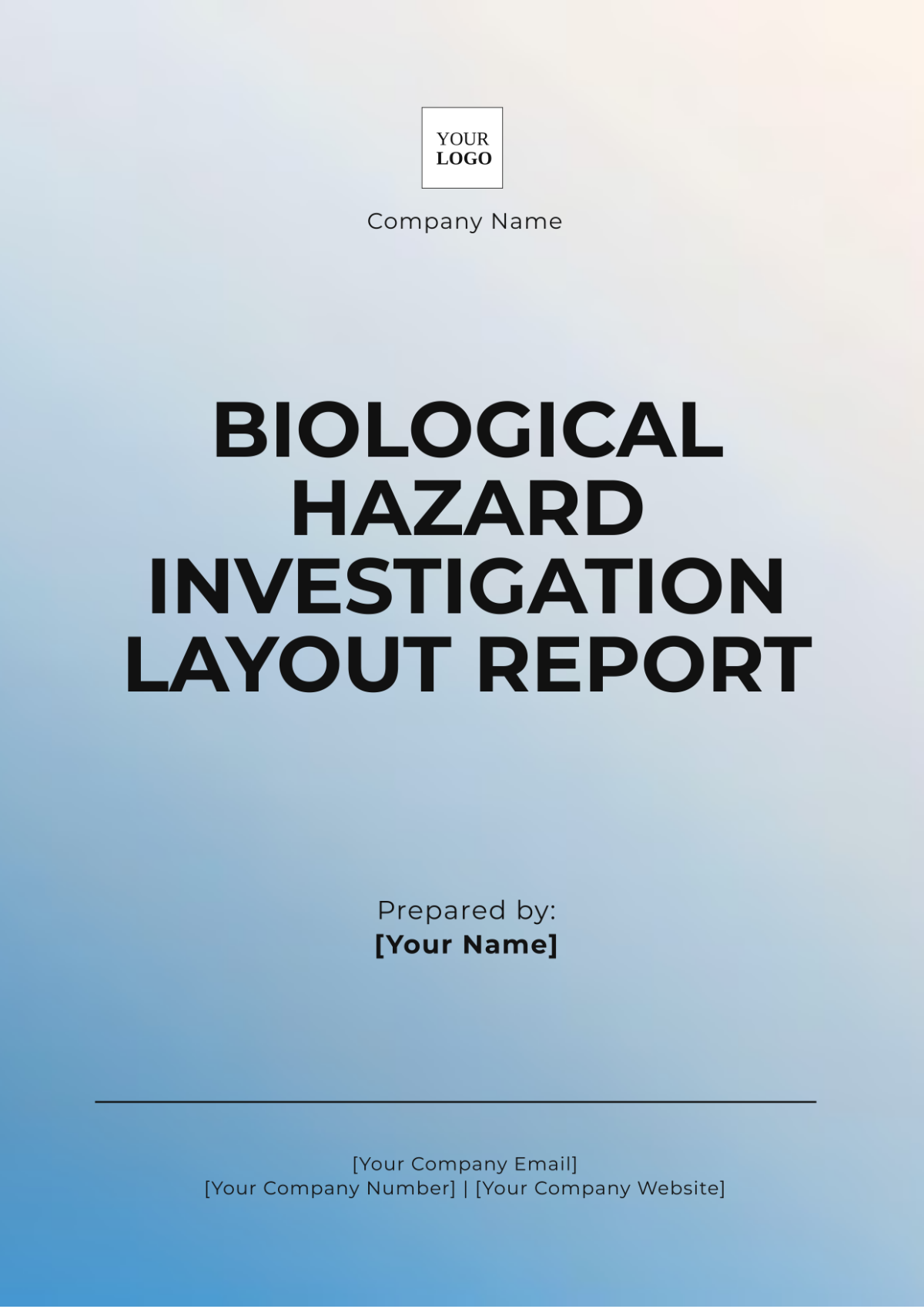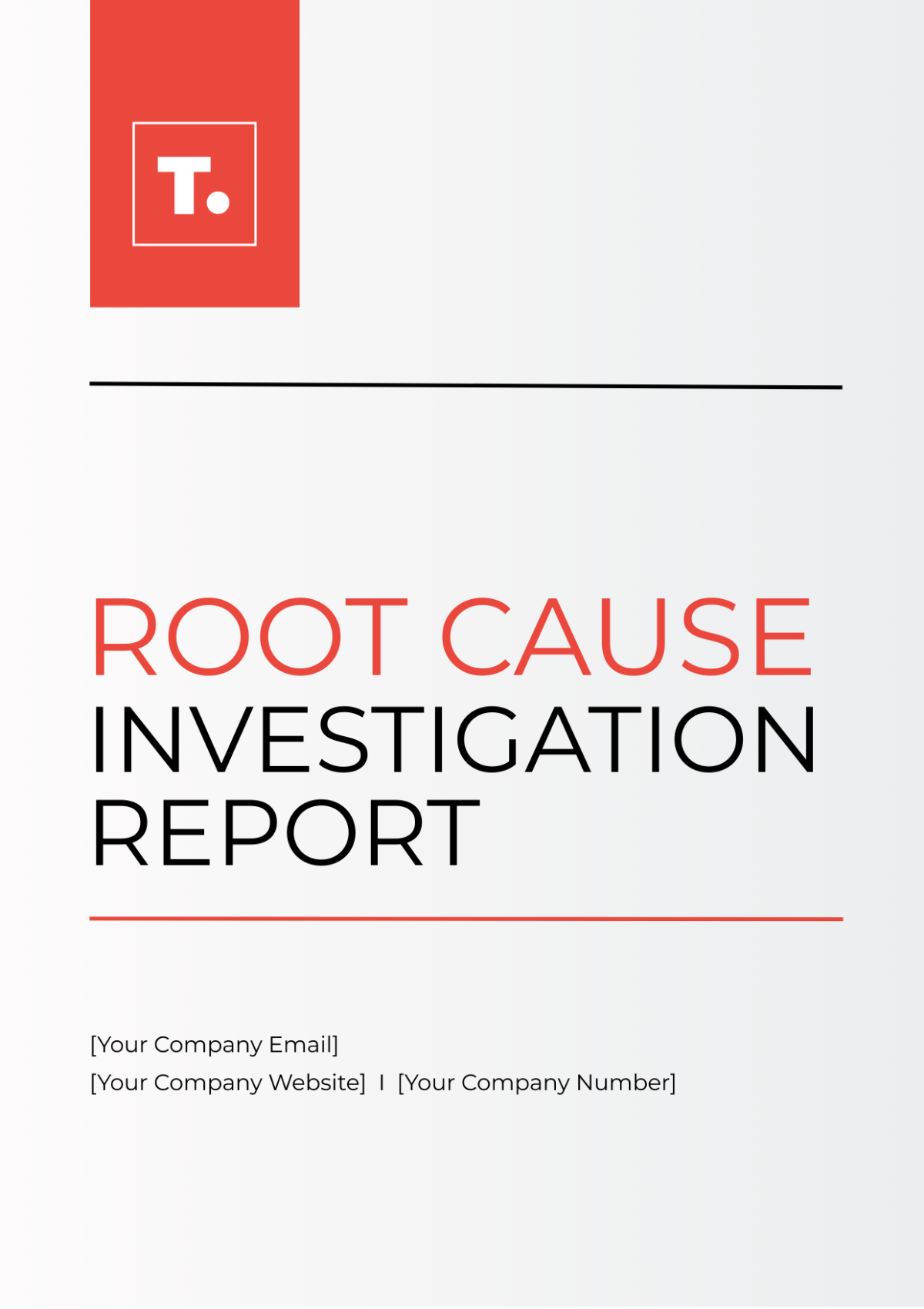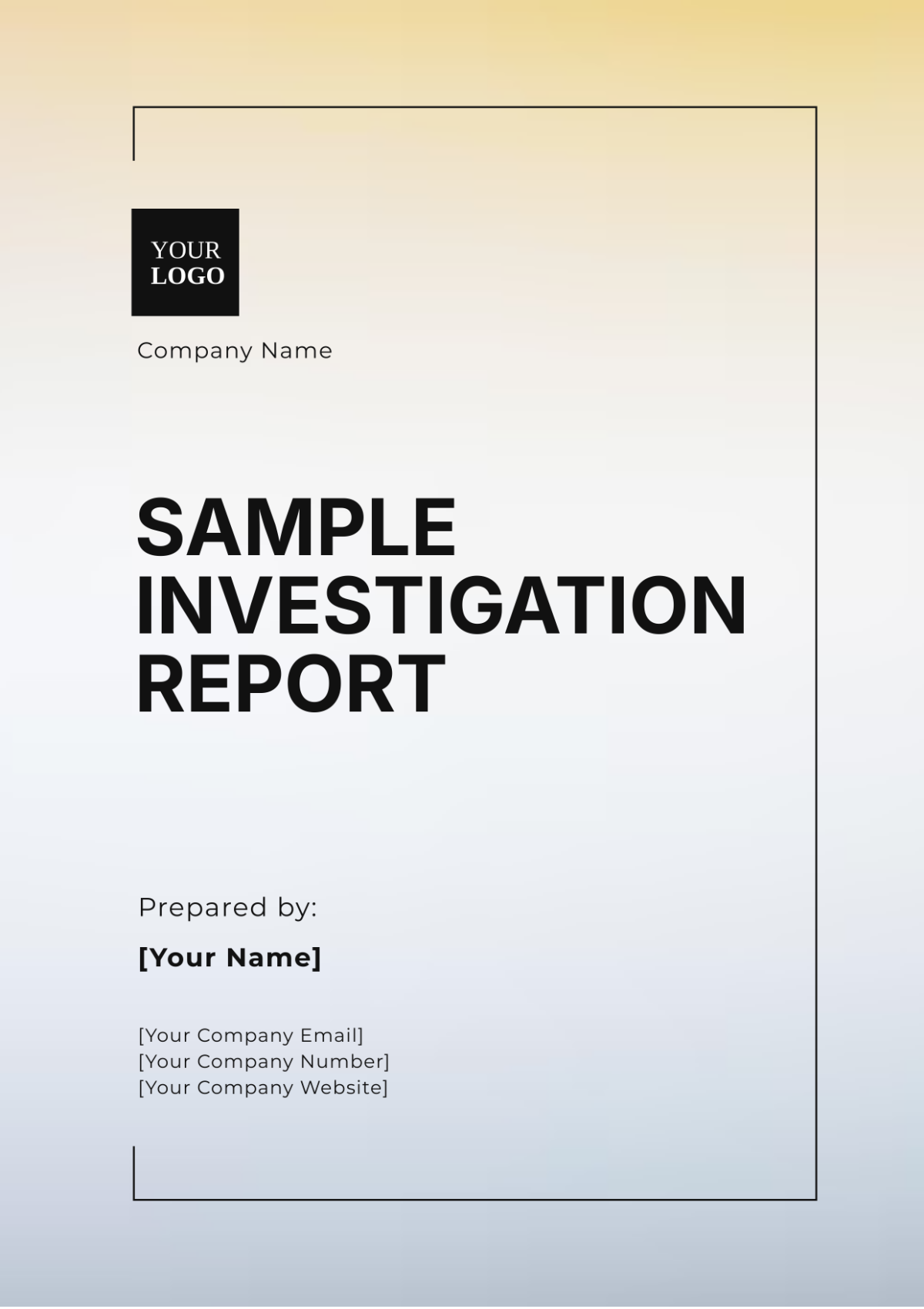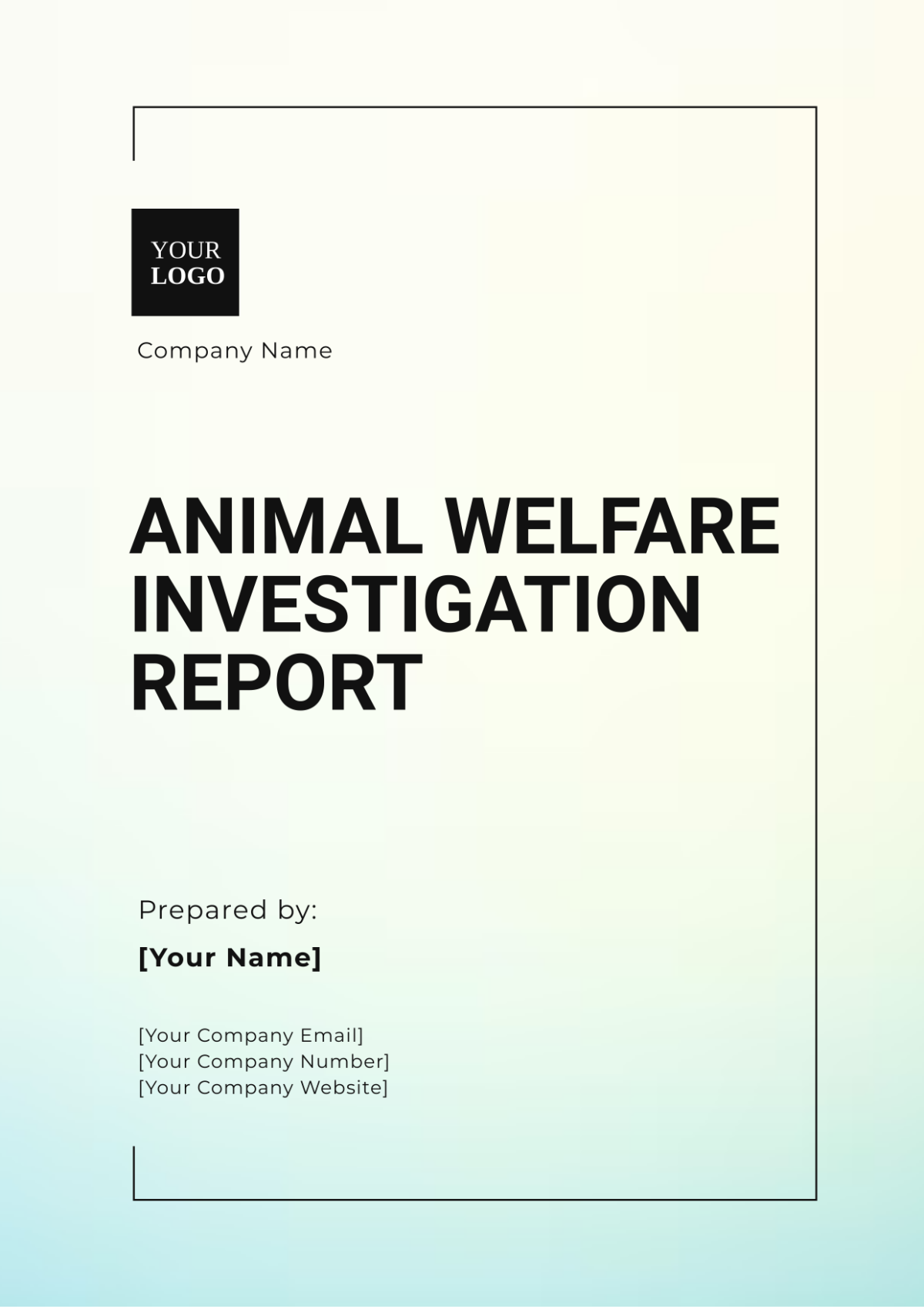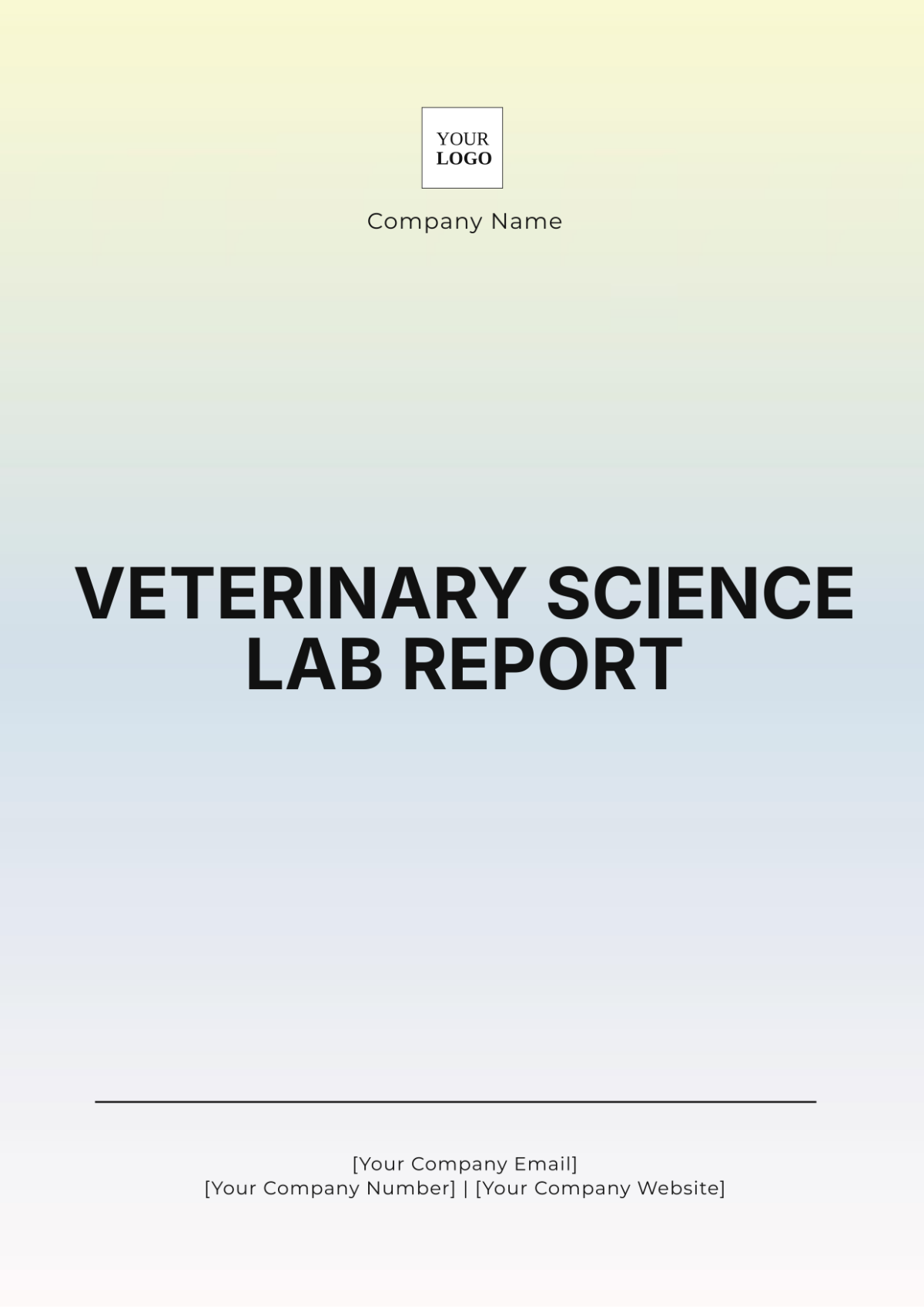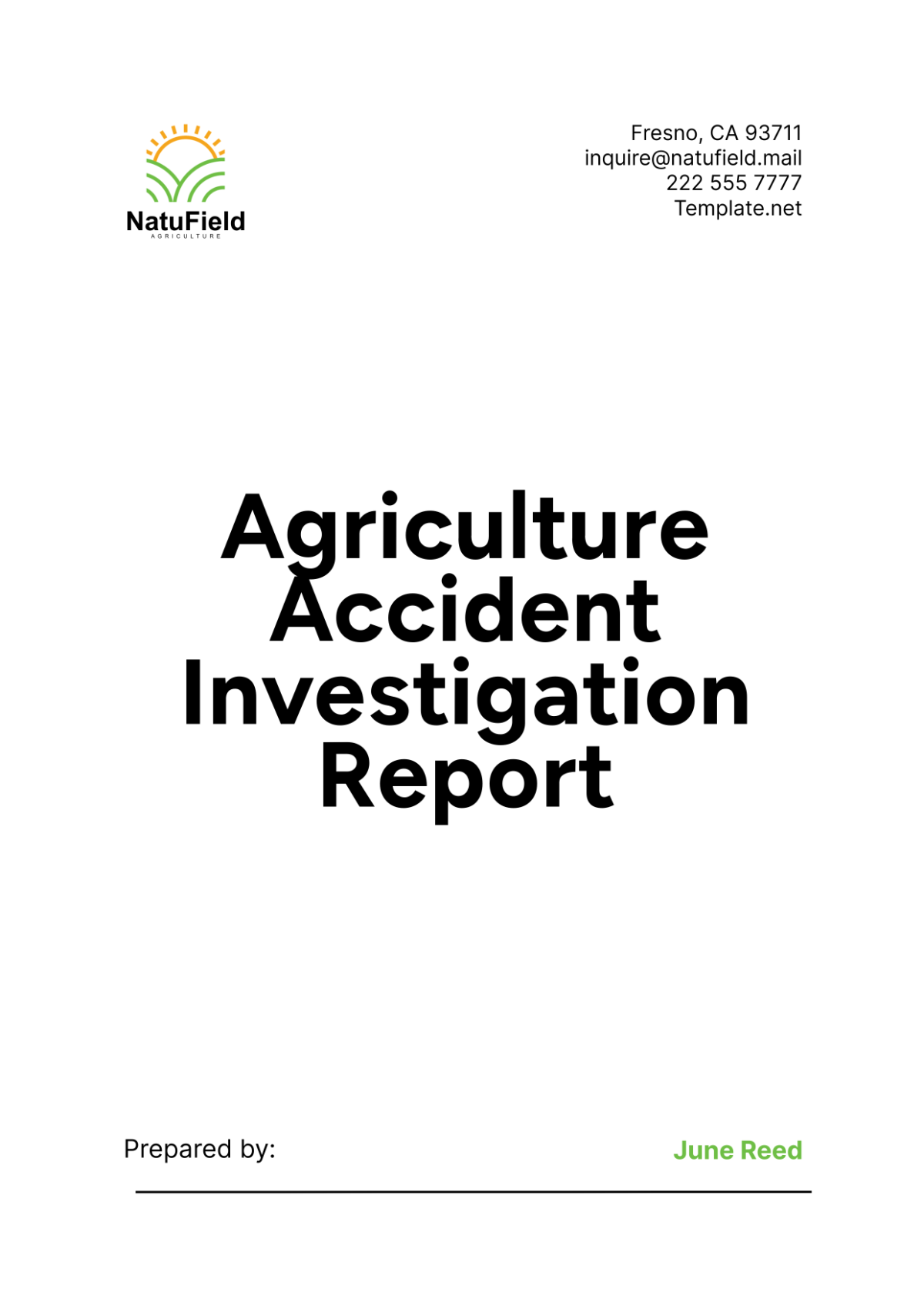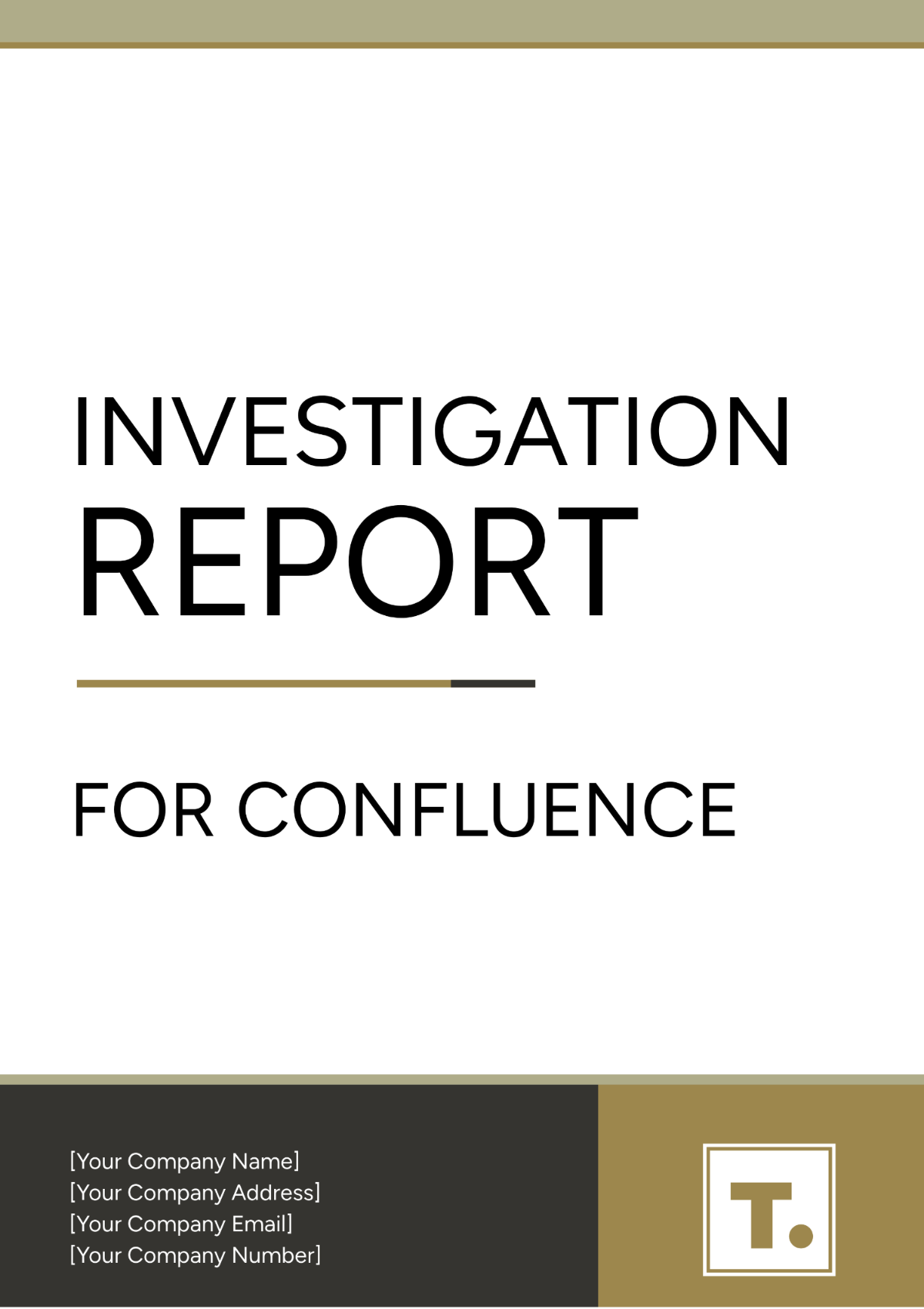VETERINARY SCIENCE LAB REPORT
Title: Analysis of Canine Blood Samples for Hematological Abnormalities
Author: Dr. Jane Smith
Date: September 5, 2054
Abstract
This lab report presents the findings from the analysis of canine blood samples to identify common hematological abnormalities. The study aimed to evaluate red blood cell counts, white blood cell counts, and platelet levels in a sample of ten dogs. Results indicated that 30% of the samples showed signs of anemia, while 20% had elevated white blood cell counts suggestive of possible infection. The findings underscore the importance of regular blood screening in veterinary practice.
Introduction
Blood analysis is a fundamental aspect of veterinary diagnostics, providing essential information about an animal’s overall health. This study focused on analyzing canine blood samples to identify hematological abnormalities. The primary objectives were to assess red blood cell (RBC) counts, white blood cell (WBC) counts, and platelet levels. The hypothesis was that a significant number of samples would exhibit abnormalities indicative of underlying health issues.
Materials and Methods
Materials:
10 canine blood samples (collected from various breeds)
Hematology analyzer (Model XYZ-123)
Blood collection tubes (EDTA)
Methods:
Blood samples were collected using standard venipuncture techniques.
Each sample was processed using a hematology analyzer to measure RBC, WBC, and platelet counts.
Data were recorded and analyzed using statistical software to identify any deviations from normal reference ranges.
Results
Sample ID | RBC Count (x10^6/µL) | WBC Count (x10^3/µL) | Platelet Count (x10^3/µL) | Notes |
|---|---|---|---|---|
001 | 5.2 | 8.1 | 200 | Normal |
002 | 4.8 | 12.3 | 180 | Elevated WBC |
003 | 3.9 | 7.5 | 220 | Low RBC |
004 | 5.5 | 6.8 | 210 | Normal |
005 | 4.6 | 9.2 | 190 | Normal |
006 | 3.8 | 15.0 | 170 | Low RBC, Elevated WBC |
007 | 5.3 | 7.9 | 230 | Normal |
008 | 4.9 | 8.6 | 240 | Normal |
009 | 4.2 | 11.0 | 185 | Elevated WBC |
010 | 5.1 | 7.4 | 200 | Normal |
Discussion
The analysis revealed that 30% of the canine blood samples exhibited anemia, as indicated by low RBC counts. This finding aligns with the hypothesis and highlights a potential need for further diagnostic evaluation in affected dogs. Additionally, 20% of the samples showed elevated WBC counts, which may suggest ongoing infections or inflammation. The variation in platelet counts was within normal ranges, indicating no significant platelet-related disorders in the sample set.
The results emphasize the importance of routine blood screening in veterinary practice to detect and address health issues early. Further studies with a larger sample size could provide more comprehensive insights into the prevalence of hematological abnormalities in the canine population.
Conclusion
This study identified hematological abnormalities in 50% of the canine blood samples analyzed. The findings suggest that regular blood testing is crucial for early detection of potential health issues. Future research should explore a larger sample size and investigate the underlying causes of the observed abnormalities.
References
Smith, J., & Brown, A. (2053). Veterinary Hematology: Principles and Practices. Veterinary Journal Press.
Johnson, L. (2052). Canine Anemia and Its Management. Journal of Veterinary Medicine, 58(4), 345-356.












